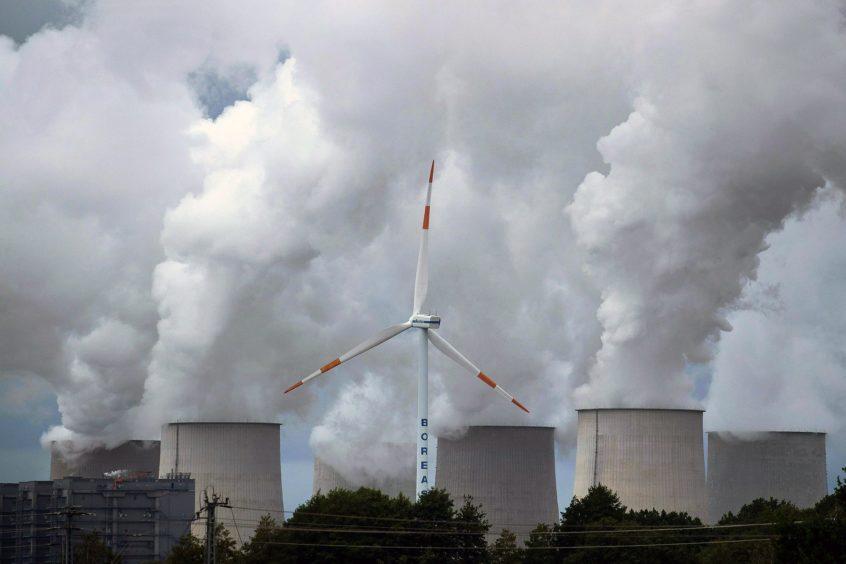
Less than 15% of the $2.4 trillion in government spending to support the post-pandemic economic recovery has gone to investments in clean energy, according to the International Energy Agency.
“It’s a good start,” said Fatih Birol, executive director of the IEA, “but the money is not sufficient” to the put the world on a path to net-zero emissions by 2050.
The majority of the $380 billion in green spending is happening in advanced economies, when it should be helping accelerate the transition to clean energy in emerging countries.
Governments have committed $16 trillion in total fiscal support, yet much of it went to bolstering financial markets in order to stabilize their economies.
About 15% went to boosting economic growth through job creation in order to reach pre-pandemic levels as quickly as possible.
Spending hundreds of billions of dollars more on clean energy isn’t as big a lift as it might seem.
On Tuesday, research done by BloombergNEF and Bloomberg Philanthropies found that G-20 countries spent $3.3 trillion subsidizing coal, oil and gas between 2015 and 2019.
The lack of sufficient green spending means that global emissions could go past their 2018 peak as soon as 2023.
To keep global temperatures from rising above 1.5°C, the world needs to halve its emissions by the end of the decade relative to 2018.
In the lead up to global climate talks in Glasgow in November, Birol said it’s important to ensure that emerging economies have the finance available to fund their economic recoveries through clean energy spending. “Without international finance institutions playing the role of a catalyst, the money will not go where it is needed,” he said.
Recommended for you
